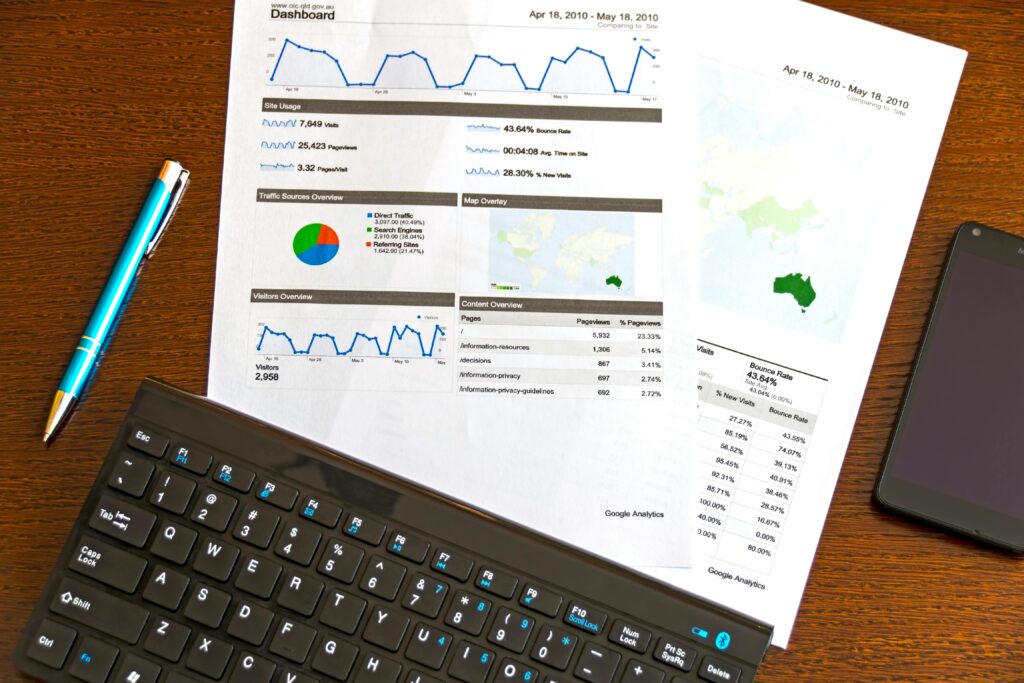| Mar 31, 2025
Trending

In 2025, on-page SEO remains a fundamental pillar of any successful digital marketing strategy. As search engines evolve, optimizing the elements on your own website has become more nuanced and user-focused. This article dives into the most effective on-page SEO best practices for 2025, equipping you with actionable insights to improve your rankings and deliver an exceptional user experience.
On-page SEO refers to the practice of optimizing individual web pages to improve search engine rankings and attract relevant traffic. Unlike off-page SEO, which focuses on backlinks and external signals, on-page optimization involves refining HTML elements, content, and internal architecture.
Google’s algorithm updates now prioritize content quality, user intent, and technical performance. A well-optimized page can outperform competitors even with fewer backlinks if the on-page elements are strategically aligned with what users and search engines expect.
Ensure each page has a unique and compelling title tag with your primary keyword near the beginning. Meta descriptions should summarize the content accurately, include relevant keywords, and encourage clicks.
Use H1 tags for page titles and H2-H6 for subheadings. Proper header hierarchy helps search engines understand your content structure and improves readability.
Use your main keyword naturally in key areas like the title, headers, first 100 words, and conclusion. Avoid keyword stuffing. Synonyms and related terms (LSI keywords) should be included for semantic richness.
Write for your audience first. Ensure the content answers user intent clearly and thoroughly. Use clear formatting, bullet points, multimedia (images, videos), and updated statistics to keep content engaging and authoritative.
Link to other relevant pages on your website using descriptive anchor text. This improves crawlability, distributes page authority, and keeps users engaged.
Use short, readable, and keyword-rich URLs. Avoid unnecessary parameters or complex structures. For example: example.com/on-page-seo-tips
Compress image files for fast loading. Use descriptive file names and alt text that includes relevant keywords. Implement lazy loading when appropriate.
With mobile-first indexing, your pages must be responsive and load quickly. Prioritize Google’s Core Web Vitals: LCP (Largest Contentful Paint), FID (First Input Delay), and CLS (Cumulative Layout Shift).
Implement schema markup to enhance your listings with rich snippets. This can include reviews, product details, FAQs, and more—helping your page stand out in search results.
Update outdated pages regularly. Add new insights, data, and internal links to keep your content relevant. Fresh content signals relevance to search engines.
As algorithms become smarter and users more selective, mastering on-page SEO in 2025 is about balance—blending technical precision with high-value content and usability. By following these best practices, your website will be positioned to climb the search rankings, engage visitors, and drive sustained organic growth.
Whether you’re optimizing a single blog post or an entire e-commerce catalog, smart on-page SEO ensures your content works harder—and smarter—for your business.
Stay ahead with the latest trends! Subscribe now to receive exclusive insights, industry news, and timely updates straight to your inbox. Don’t miss out on valuable content—join us today